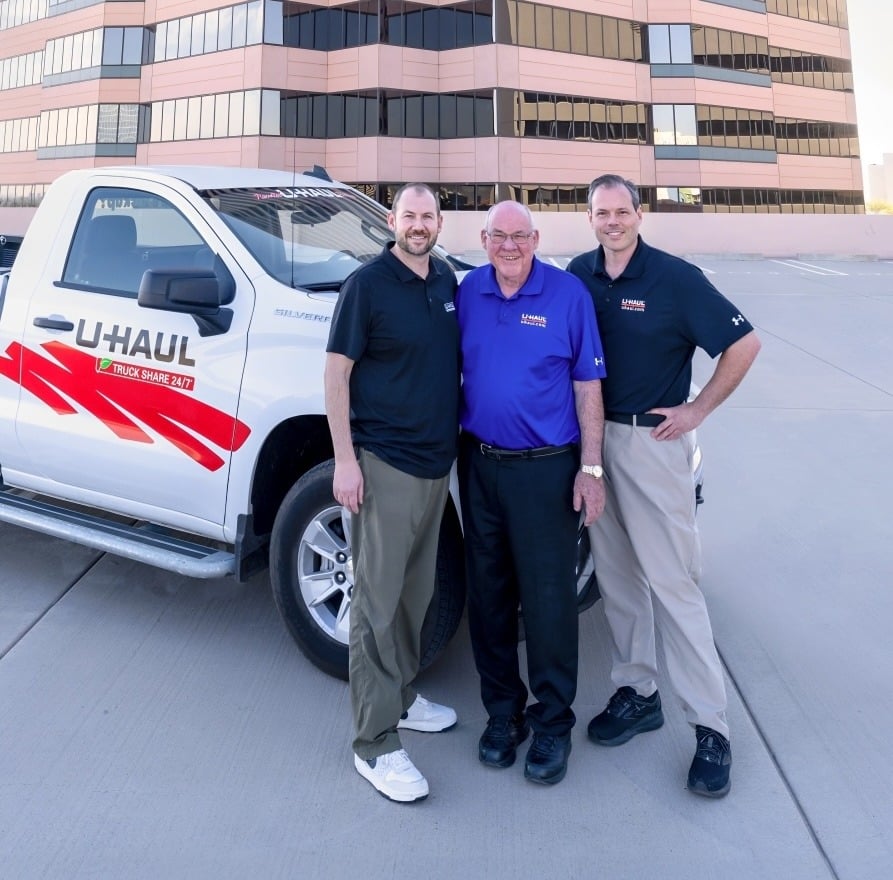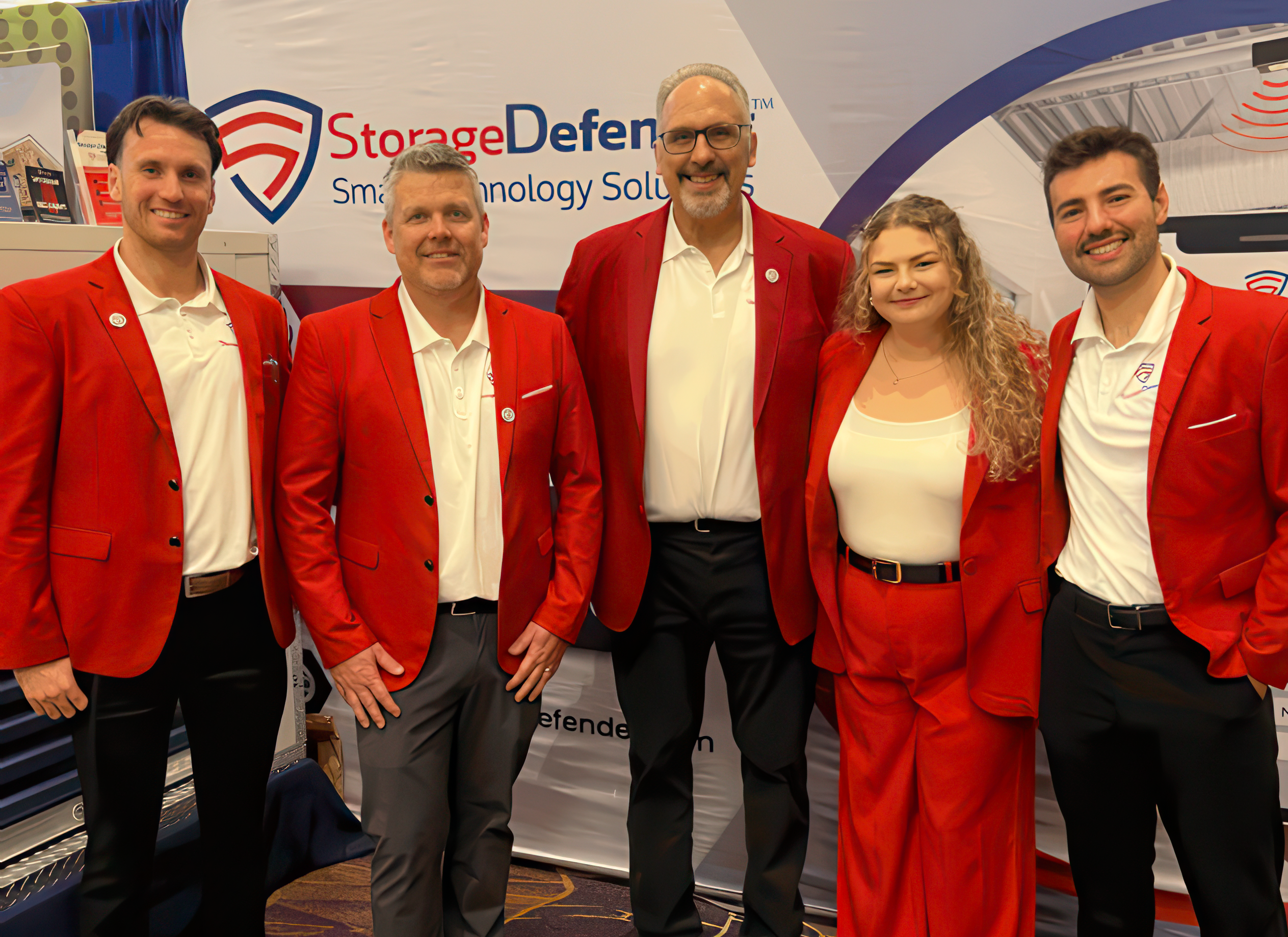Look Who’s Talking: Jeffrey S. Dallenbach, ARCHCON / DALLENBACH-COLE Architecture
Although there is still plenty of capital and investors for new self-storage development, as well as demand for additional supply across the country, cities throughout the United States are making it more difficult for self-storage developers to build storage facilities.
News of temporary moratoriums that range from a few months to half a year or longer are being reported. In July, Birmingham, Ala., officials approved a six-month ban on new self-storage development within the city limits. Milford, Conn., also issued a six-month moratorium in August.
Other cities have begun restricting where self-storage facilities can be built, and the ability to construct storage properties on those coveted main street plots may subside. For instance, Denver has banned self-storage facilities near rail stations to promote lively, walkable areas. In addition, there are cities, like Kent, Wash., that are now limiting the size and locations of self-storage developments.
These newly implemented bans and restrictions on self-storage development, compounded with standing regulations and stipulations, may have developers scratching their heads. Therefore, Jeffrey S. Dallenbach, AIA, founder and managing partner of San Antonio, Texas-based ARCHCON architecture and DALLENBACH-COLE ARCHITECTURE, sheds some light on how developers can overcome entitlement issues and move their projects from conception to completion.
Entitlement Issues
According to Dallenbach, the development of a self-storage facility is riddled with entitlement issues right from the get-go. “The initial entitlement issue is simply making sure storage is an allowable use, but in many cases that is not a simple task,” he says. “Even if the property is zoned for storage, there can be a slew of other entitlement hurdles for the architect, developer, and design team to address. Some of the hurdles are neighborhood associations, overlay districts, architectural review committees, planning commissions, utility providers, planning/zoning, and city council.”
Unfortunately, the entitlement issues developers encounter vary depending on location, and there are no steadfast rules for obtaining approvals or expediting the entitlement process. For that reason, Dallenbach encourages self-storage developers to start by educating themselves on the city’s regulations in order to incorporate those guidelines into the facility’s design.
“Education and definition of the necessities needed to obtain the entitlements is a priority in expediting entitlement,” says Dallenbach. “Education is the best route to obtain a zoning change. An architect that learns the needs of powers that be can disseminate and strategize with the team to determine the best, most economical, and most feasible path to success.”
He continues to say, “In addition, you must define and meet the submittal date requirements for the varying governing entities. Choosing your battles with the governing authorities will result in a give-and-take related to cost, but extending the entitlement process could ultimately cost more in lost revenue.”
Moreover, architectural and engineering design has an immense impact on the entitlement process—and hopefully a positive one. “Architecture can create an image people and communities can relate to while being the virtual selling point to gain approvals,” he notes.
When asked if there’s a certain self-storage design that receives rapid approvals, Dallenbach simply states, “the design that checks off all the boxes of the varying approval entities”.
“Many localities want masonry, like to add windows, push/pull exterior walls, and don’t like roll-up doors,” he says. “Architectural design then becomes a priority.”
Dallenbach adds, “Cities have a varying range of requirements. Land planning related to impervious cover percentages, landscaping requirements, parking quantities, and fire lane access are the starting point. These planning elements can detrimentally impact the allowable building footprint on a site and possibly destroy the feasibility. Additional extremes such as 100 percent masonry on primary facades, and in some cases masonry on all facades, can occur. Percentages of glazing on building exterior walls may come into play, and we all know it’s not necessary or wanted in a private storage area.”
Obtaining Approvals And Entitlements
It is essential to remember that entitlement can be a long, drawn-out process without the right professionals on their side. Thus, he highly recommends hiring someone with experience in self-storage development.
“The best advice is to hire a knowledgeable architect and civil engineer that can work in the best interest of the owner while streamlining the desires of the reviewers,” says Dallenbach, adding that “Entitlement can take an extraordinary effort and an immense amount of time, so define the parameters as much as possible at the onset of the process. An education-based collaborative approach with the developer, governing authorities, architect, and engineer is of paramount importance in achieving entitlement approval.”
As for the entitlement process itself, Dallenbach states that the most typical process his firm encounters is a planning and zoning recommendation followed by a city council vote. “Graphically these entities require a minimum of a site plan and a conceptual exterior design by the architect,” he says. “It sounds simple but, in most cases, an extreme amount of design and code analysis comes into play to get there. The old cliché ‘a picture is worth a thousand words’ has a proven track record of good results.”
Dallenbach also cautions self-storage developers that additional requirements may be added by the city throughout the process, which can extend the distance to the finish line and increase development costs.
Don’t Forget To Educate
In order to get a project off the ground with a minimal amount of red tape, Dallenbach suggests educating the government officials and the city’s residents about the self-storage industry. “This education is of upmost importance, because there is a perception that storage is a dangerous place,” he says. “Those of us in the industry know that it is the exact opposite in that our facilities incorporate access control and video surveillance unparalleled in other developments.”
Indeed, informing citizens of the ways in which you plan to protect tenants and their belongings, as well as the precautions you will take to prevent criminal activity, can resolve their reservations. Keep in mind: The more details—and pictures—you provide to them from the start, the better the results are likely to be!
As one can clearly see, and the most seasoned self-storage developers will affirm, the entitlement process is no walk in the park. It takes time, knowledge, flexibility, persistence, and professional assistance, as well as some persuasion skills, to see a project through from start to finish.
A Taxing Problem
One of the reasons a city may be hesitant to permit self-storage development involves taxes. Cities are seeking revenue through sales tax, and self-storage facilities don’t typically produce as much sales-tax revenue as other businesses.
To sway a city council, self-storage developers may have to incorporate a sales element into their design besides the standard retail sales of packing and moving supplies. For instance, some developers have had to design mixed-use projects in order to obtain approvals from municipalities.
Mixed-use projects are similar to strip malls in that they have other retail or service businesses present in the building. In many cases, flex offices or office warehouse uses are added to gain city acceptance.
Other developers have included additional businesses within the self-storage facility to receive approvals from cities, such as coffee shops or post offices.
If sales-tax revenue is keeping your proposed facility from getting a green light, do some research to determine what kind of add-on business may be desirable to the market and its residents.
Self-Storage Development Trends
Throughout the current development cycle, which has lasted longer than previous cycles, there have been several noteworthy trends in self-storage development. Dallenbach mentions that the average square footage of self-storage facilities in urban areas has decreased due to the need to build up instead of out.“The standard for the past few years has been 100,000 to 120,000 square feet, which results in 75,000 to 90,000 rentable square feet,” he says. “The rule of thumb has been that 75 percent of your gross square footage is your net rentable square footage. In the more recent past, developers with higher dollar land or more urban settings have been developing to a lower average square footage, which results in more corridors and ultimately less net rentable area.”
As for the types of self-storage facilities being built, Dallenbach has noticed another trend in urban market areas. “Big box three-story projects are the predominant facility being designed in and around larger cities,” he says. “These projects have some drive-up ambient units around the first floor, then the remainder of the units are climate controlled.”
Conversely, Dallenbach warns developers that there are certain self-storage features of which cities aren’t fans. “There has been a huge push by planning committees to eliminate boat/RV storage and, in many cases, eliminate drive-up storage,” he says. “We are seeing more single-building, multi-story projects gaining acceptance.”
More Content
Popular Posts
The self storage industry is in a precarious...
Joe Shoen, CEO of U-Haul, has had enough.
Like its name implies, Surprise, Ariz., a...
Joe Shoen has had enough.
In a record-breaking deal finalized May 12,...
Senate Bill 709 (SB709) has many in the...
Donald Trump has just reclaimed the White...
The question of “abandonment” of stored...
Self-storage operators wear a lot of hats....
In 1992, Clinton strategist James Carville...
Recent Posts
When Neville Kennard left for a work trip to...
Self-storage software is no longer...
The self-storage industry continues to...
Fires in California. Tornadoes in Kansas....
From policy pivots in Ottawa to tariff...
Self-storage operators have struggled to...
Their signature red coats may draw attention...
Nailing down Josh and Melissa Huff for an...



















